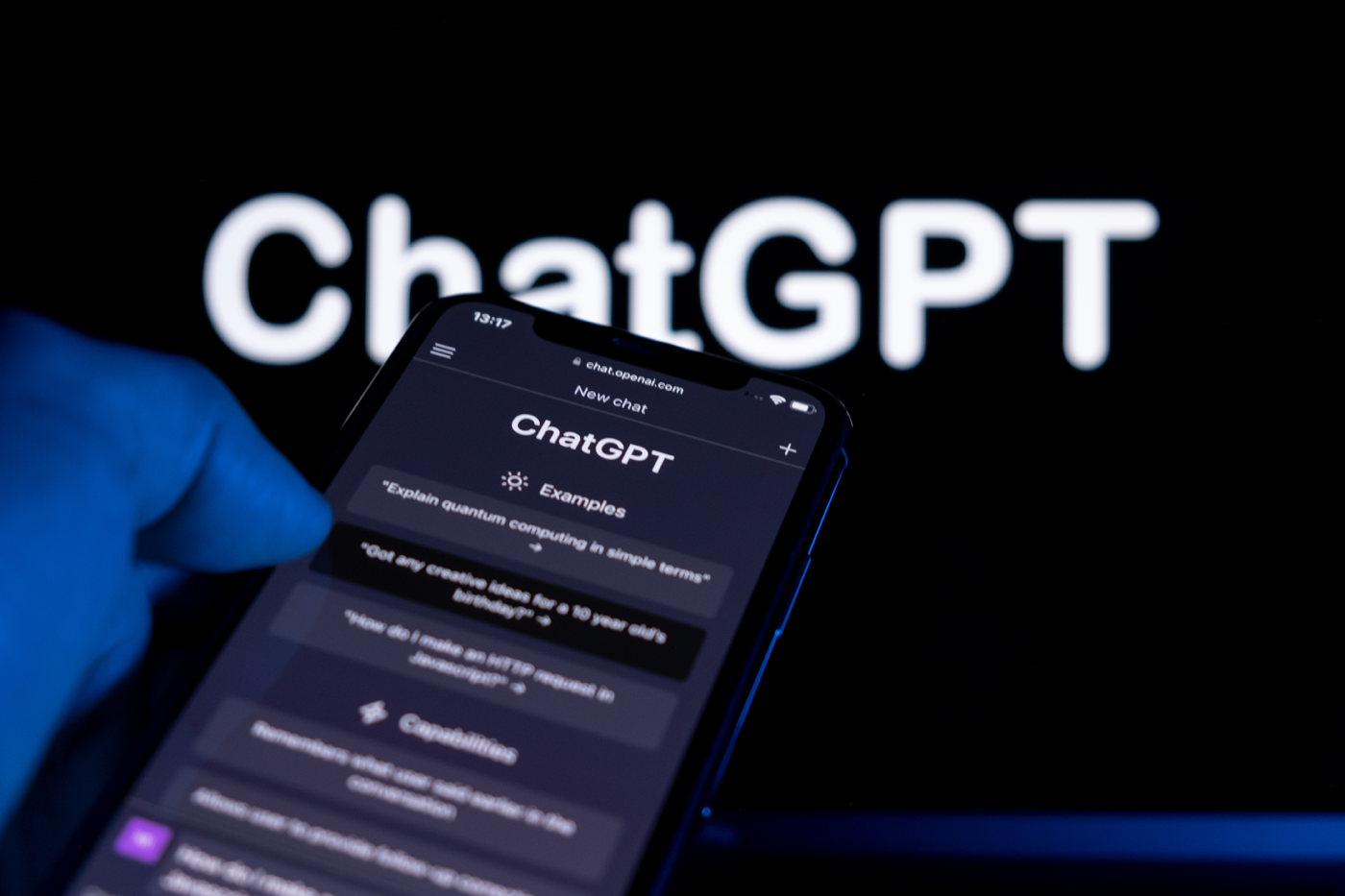You probably used ChatGPT last night, right? Whether it was for an assignment you had, something that needed editing, or maybe just to ask a personal question, chances are, this AI-powered tool was your go-to solution. The power of ChatGPT has rapidly transformed the way students interact with technology, revolutionizing how assignments are completed, research is conducted, and personal questions are answered. But with this innovation comes a cost—an environmental one to be exact. While ChatGPT offers incredible benefits to students, its widespread use is starting to raise questions about its environmental impact. In this article, we’ll explore how ChatGPT is reshaping student life, its influence on the competitive landscape of college admissions, and the unseen ecological costs it brings.
ChatGPT and the Classroom: A Game Changer
When it comes to education, ChatGPT has quickly become an indispensable tool for students across America. Nearly every classroom is home to the technology, whether it’s used for crafting essays, refining written work, or even brainstorming ideas for projects. According to a recent survey, over 80% of college students have used ChatGPT in some capacity, and that number continues to grow. The accessibility and versatility of ChatGPT allow it to serve as an invaluable academic assistant, helping students generate ideas, write more effectively, and even tutor them on complex topics. Students can ask ChatGPT for real-time assistance with their coursework, helping them improve their writing skills and gain deeper insights into subjects ranging from history to mathematics.
But this widespread use of ChatGPT isn’t just helping students complete their assignments—it’s also having a profound impact on how students approach their education. As AI becomes more integrated into the academic experience, traditional learning methods are being enhanced by digital tools that allow for real-time feedback and personalized learning experiences. ChatGPT can offer explanations and examples that would take a teacher hours to provide, making learning more accessible and individualized. This level of instant feedback is a powerful tool, helping students excel academically and become more efficient learners.
The Impact on College Admissions: Raising the Bar
As ChatGPT becomes an integral part of the academic experience, it also reshapes the competitive landscape of college admissions. In an age where every student has access to AI, the lines between original thought and assistance from technology are blurring. What does it mean when a prospective college applicant can use AI to refine their application essays or even generate creative ideas for their personal statements?
While AI-powered writing tools like ChatGPT can help level the playing field for students who may struggle with writing or self-expression, they also introduce new challenges. The bar for admission essays has never been higher, with top universities expecting well-crafted, articulate responses that reflect the applicant’s unique voice. In this context, the increased use of AI in writing means that students who previously relied on their writing abilities now find themselves competing against an army of AI-assisted applicants. This has led to concerns that AI-generated essays may make it harder for students with naturally strong writing abilities to stand out. With ChatGPT in the picture, college admissions have become even more competitive, pushing students to find new ways to demonstrate their originality and creativity beyond the assistance of AI tools.
Environmental Impact: The Cost We Don’t Always See
But while ChatGPT is changing the educational landscape, it’s also contributing to a growing environmental issue. The energy consumption of AI models like ChatGPT is enormous. A single instance of running an AI model requires significant computational power, which translates into substantial energy consumption. According to one study by the University of Massachusetts Amherst, training a single large AI model can emit as much carbon as five cars over their entire lifetimes. As more students use AI-powered tools like ChatGPT, the demand for these models increases, leading to even greater energy consumption.
It’s important to note that these environmental costs aren’t always visible. While we benefit from the speed and efficiency of AI, the electricity required to run these models often comes from non-renewable sources, adding to the carbon footprint. The more students turn to ChatGPT and similar AI tools, the more electricity is required to support these systems, further exacerbating the environmental impact. It’s crucial for students, educators, and developers alike to consider these costs when integrating AI tools into our daily lives and to explore more sustainable practices for their use.
Conclusion: A Double-Edged Sword
ChatGPT has undoubtedly revolutionized education by providing students with a valuable tool that enhances learning, improves academic performance, and helps level the playing field in the competitive world of college admissions. However, its environmental impact—through its high energy consumption and growing carbon footprint—cannot be ignored. As we continue to embrace AI technology in classrooms across the country, it’s essential to find a balance between its benefits and the ecological cost. Future innovations in AI may help mitigate these environmental concerns, but for now, it’s important to stay aware of both the positive and negative impacts that come with these powerful tools.
Sources:
- https://edscoop.com/ai-influence-on-higher-ed-is-growing-new-survey-shows/?utm_source=chatgpt.com
- https://www.thenation.com/article/society/artificial-intelligence-chatgpt-college-applications/?utm_source=chatgpt.com
- https://news.mit.edu/2020/artificial-intelligence-ai-carbon-footprint-0423
- https://edsource.org/updates/teacher-says-students-benefit-from-using-chatgpt-in-the-classroom-according-to-national-survey
- https://www.wired.com/story/prominent-ai-ethics-researcher-says-google-fired-her/













